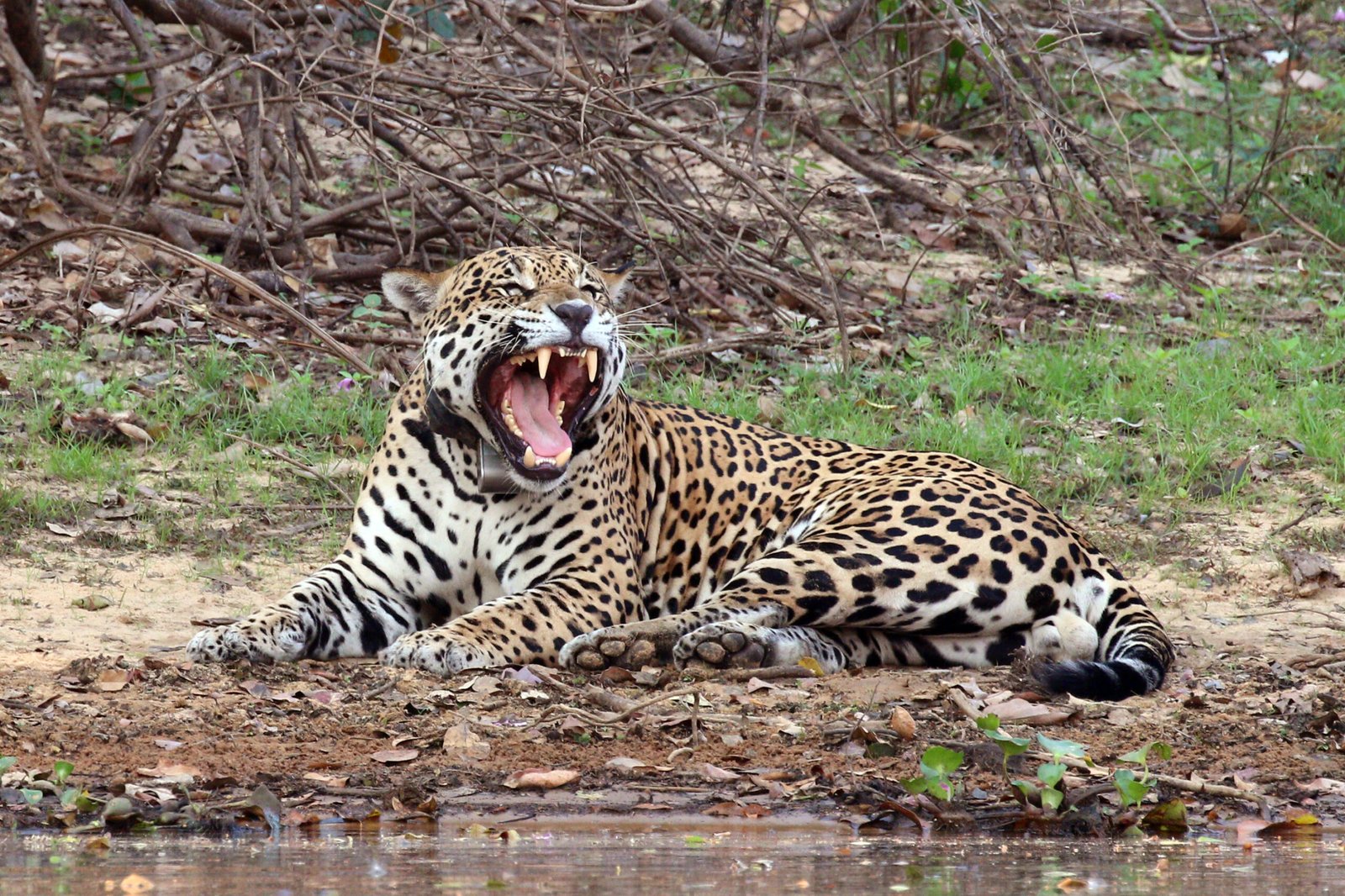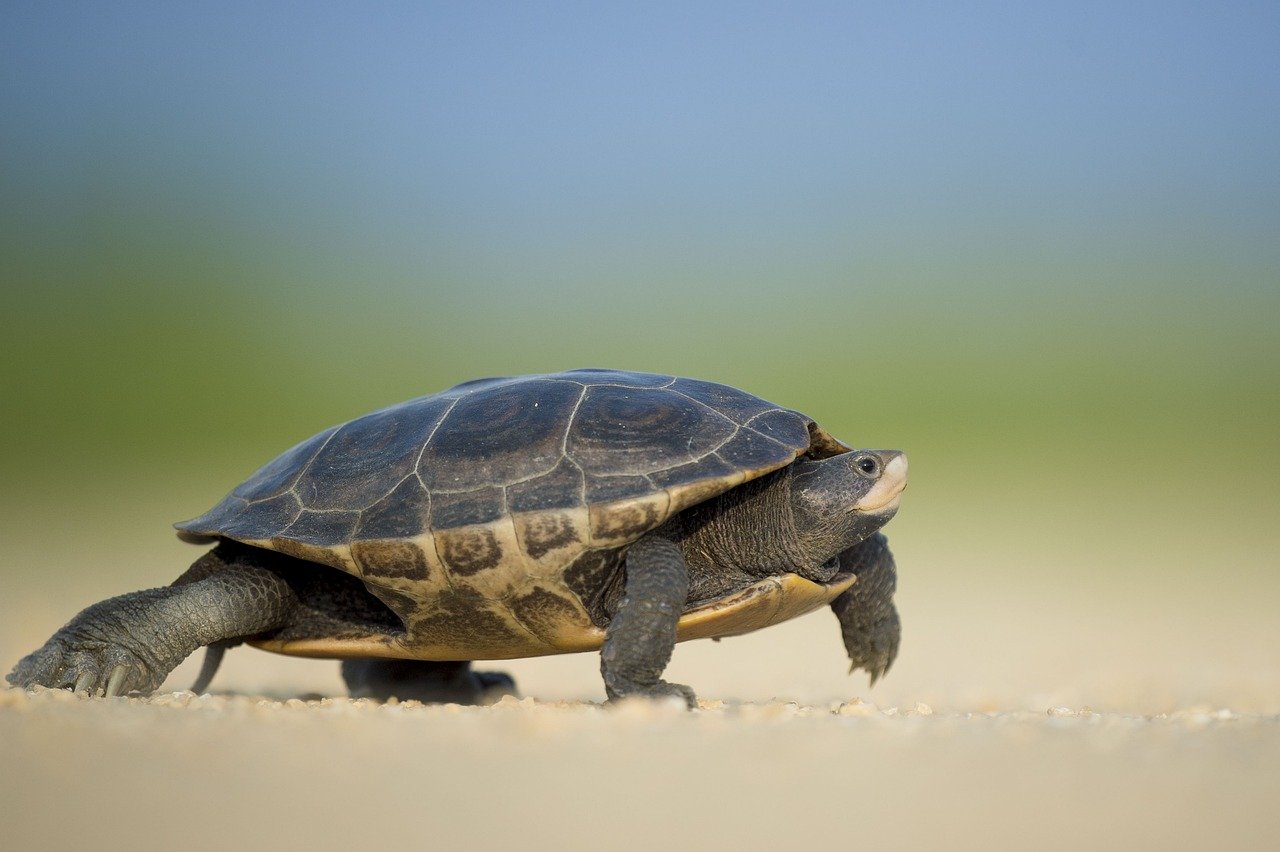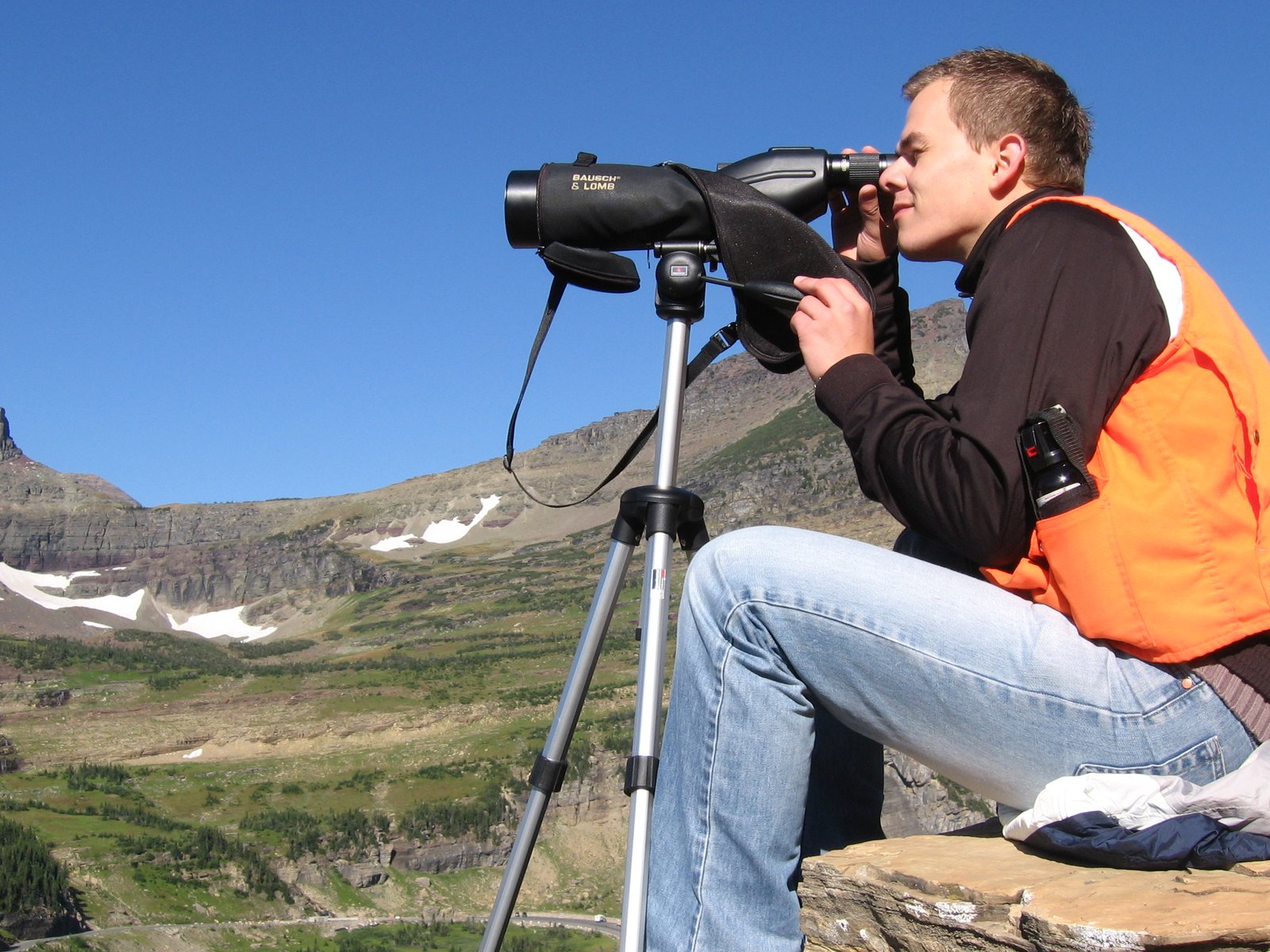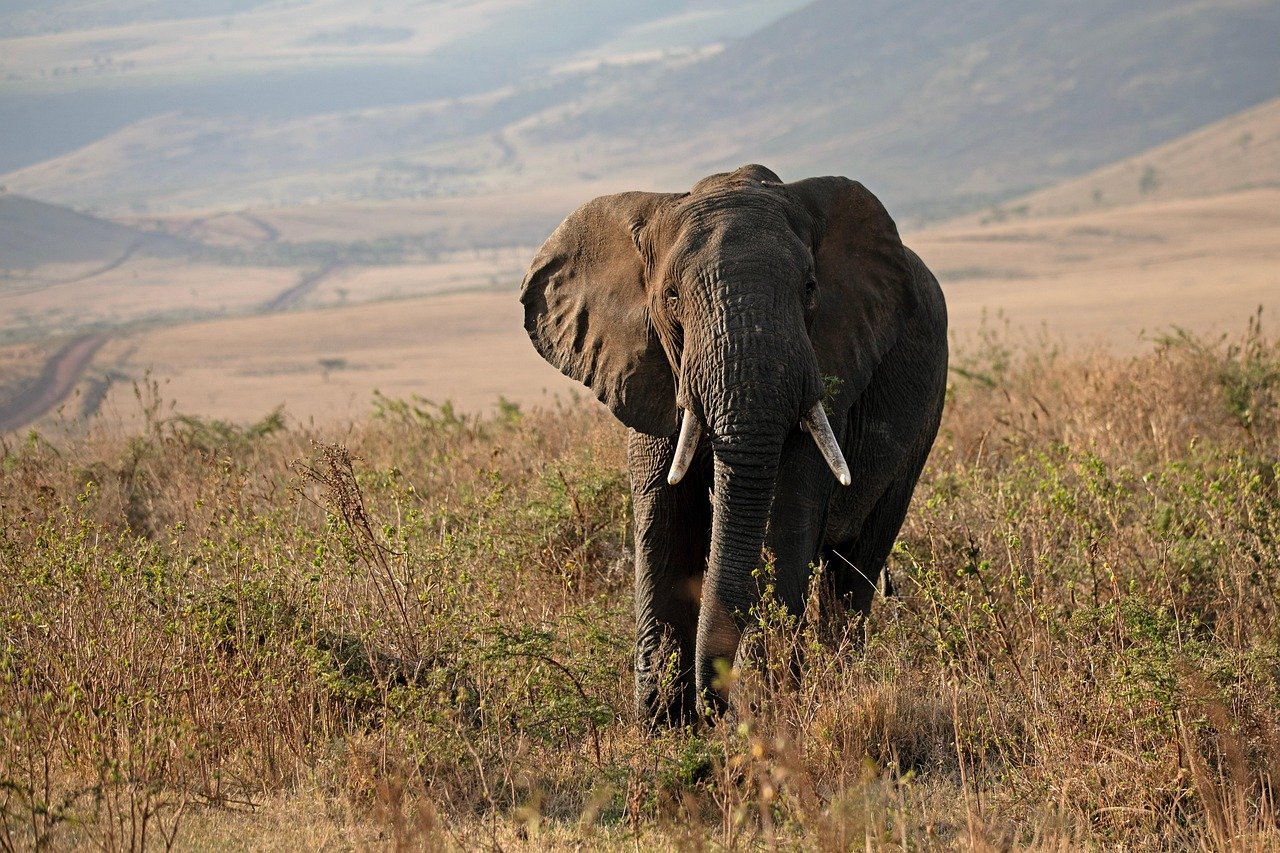The world of endangered animals is shrouded in mystery, from the depths of the ocean to the densest jungles. For centuries, humans have been fascinated by these creatures, yet their elusive nature has kept many of their secrets hidden. However, the advent of tracking technology is transforming our understanding, providing a window into the hidden lives of these vulnerable species. This technology is not just about tracking movements; it reveals behaviors, interactions, and even the challenges they face in their daily struggle for survival.
The Rise of Tracking Technology

In recent years, tracking technology has revolutionized wildlife conservation. Small GPS devices, radio collars, and satellite tags are now commonly used to monitor animal movements with precision. These tools allow scientists to collect vast amounts of data, which can be analyzed to understand migration patterns, feeding habits, and breeding behaviors. The development of these technologies has been a game-changer, providing insights that were once impossible to obtain. This information is crucial for developing strategies to protect endangered species and their habitats.
Understanding Migration Patterns
One of the most significant revelations from tracking technology is the understanding of animal migration patterns. Many species travel hundreds or even thousands of miles in search of food, mates, or suitable habitats. For example, tracking has revealed the incredible journey of the Arctic Tern, which migrates from the Arctic to the Antarctic and back each year. Understanding these patterns is vital for conservation efforts, as it helps identify critical habitats and corridors that need protection.
Uncovering Feeding Habits
Tracking technology has also shed light on the feeding habits of endangered animals. By monitoring their movements, scientists can determine where and when animals feed, and what they eat. This information is crucial for understanding the ecological roles of these species and the impact of environmental changes on their food sources. For instance, tracking devices have revealed the specific feeding grounds of sea turtles, allowing for targeted conservation efforts to protect these areas from human interference.
Insights into Breeding Behaviors

The secret lives of endangered animals extend to their breeding behaviors, which are often shrouded in mystery. Tracking technology has provided a glimpse into these intimate aspects of their lives. By following animals during breeding seasons, scientists can gather data on mating rituals, nesting sites, and parental care. This information is invaluable for conservationists working to protect vulnerable populations, as it helps identify critical breeding habitats that require protection.
Identifying Threats and Challenges
Tracking technology not only reveals the lives of endangered animals but also highlights the threats they face. By monitoring their movements and behaviors, scientists can identify areas where animals are at risk from human activities, such as poaching, habitat destruction, or pollution. Understanding these threats is essential for developing effective conservation strategies. For example, tracking data has been used to combat illegal poaching by pinpointing hotspots and deploying anti-poaching patrols in those areas.
The Role of Citizen Science

Citizen science has become an integral part of tracking endangered animals. With the widespread availability of technology, ordinary people can now contribute to conservation efforts by reporting sightings or participating in data collection. This collaborative approach has expanded the reach of research efforts and increased public awareness about the plight of endangered species. Citizen scientists have played a crucial role in tracking migratory birds, marine mammals, and even elusive big cats.
Challenges and Limitations
While tracking technology has provided invaluable insights, it is not without its challenges and limitations. The cost of deploying and maintaining tracking devices can be prohibitive, limiting the number of animals that can be monitored. Additionally, some devices may cause discomfort or alter natural behaviors if not designed and applied carefully. Despite these challenges, the benefits of tracking technology far outweigh the drawbacks, offering a new perspective on the lives of endangered animals.
Future of Wildlife Tracking
The future of wildlife tracking is promising, with ongoing advancements in technology paving the way for even more detailed insights. Innovations such as drone technology, bio-logging, and AI-driven analytics are set to enhance our understanding of animal behaviors further. These tools will allow conservationists to monitor species in real-time, providing immediate data that can be used to make swift conservation decisions. The future holds the potential for a deeper connection between humans and the natural world.
Impact on Conservation Efforts

The impact of tracking technology on conservation efforts cannot be overstated. By providing detailed information on the lives of endangered animals, this technology has enabled more targeted and effective conservation strategies. Efforts to protect critical habitats, combat poaching, and mitigate human-wildlife conflicts have all benefited from insights gained through tracking. Conservationists now have a powerful tool in their arsenal, offering hope for the future of endangered species worldwide.
A Call to Action
As we uncover the secret lives of endangered animals through tracking technology, we are reminded of our responsibility to protect these precious creatures. The insights gained are not just scientific discoveries; they are a call to action. Every individual can contribute to conservation efforts, whether by supporting organizations, participating in citizen science, or simply spreading awareness. The future of endangered animals depends on our collective efforts, and with the knowledge gained from tracking technology, we are better equipped than ever to make a difference.




